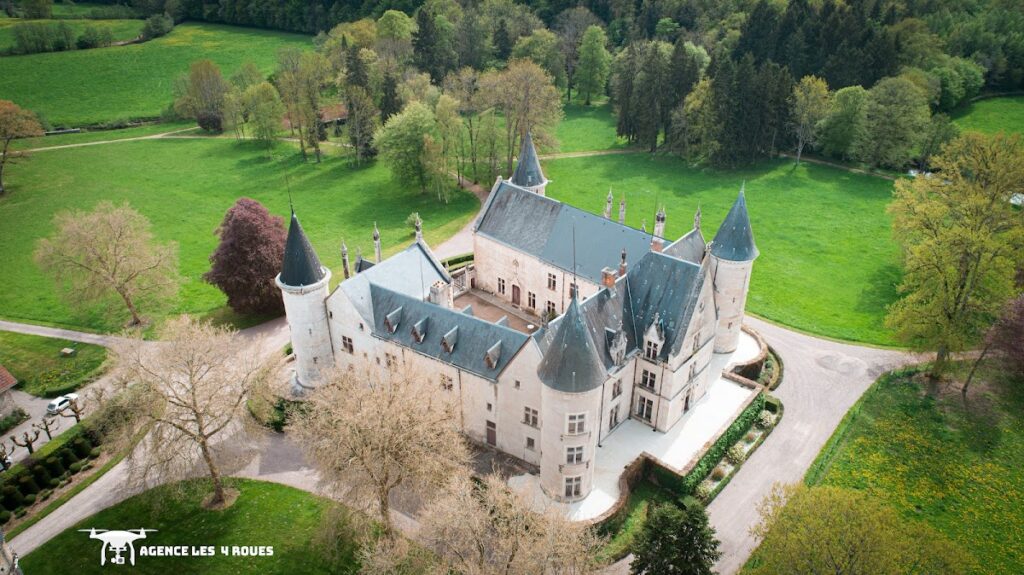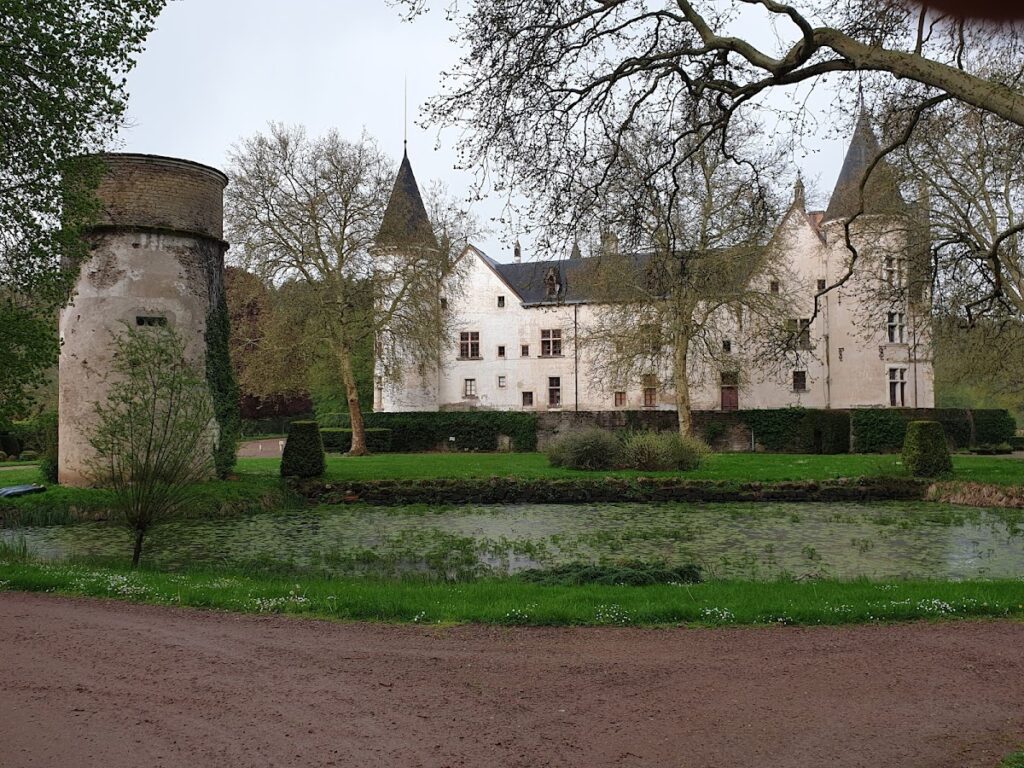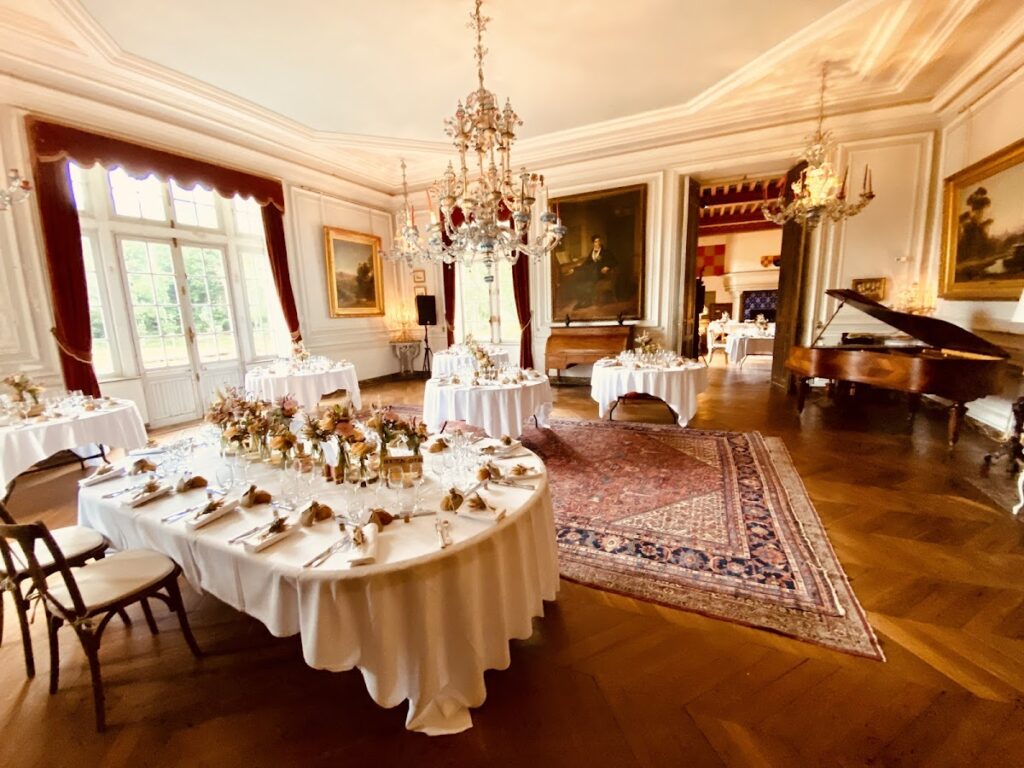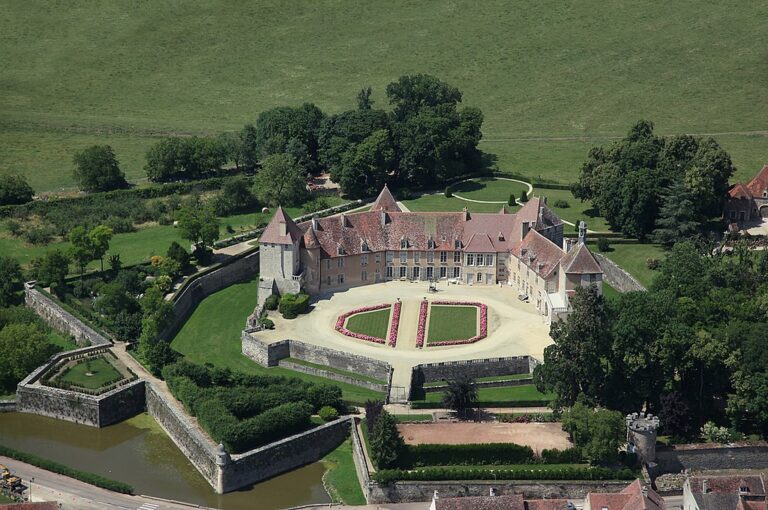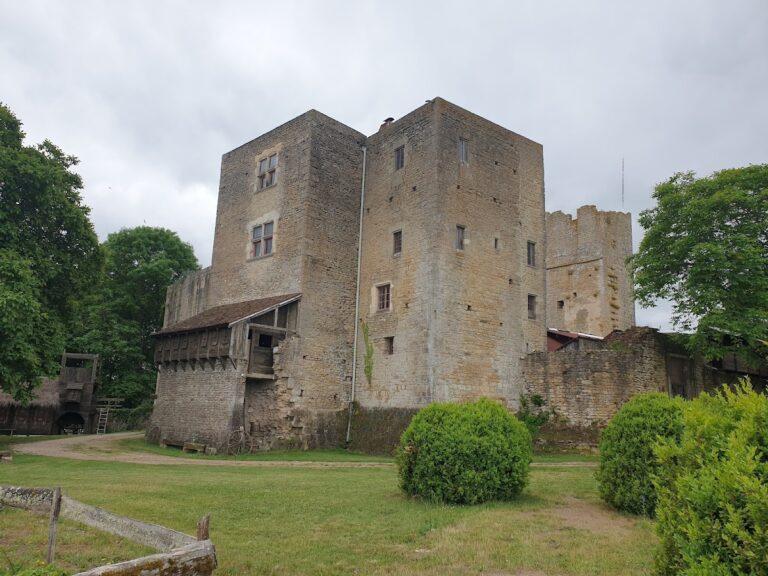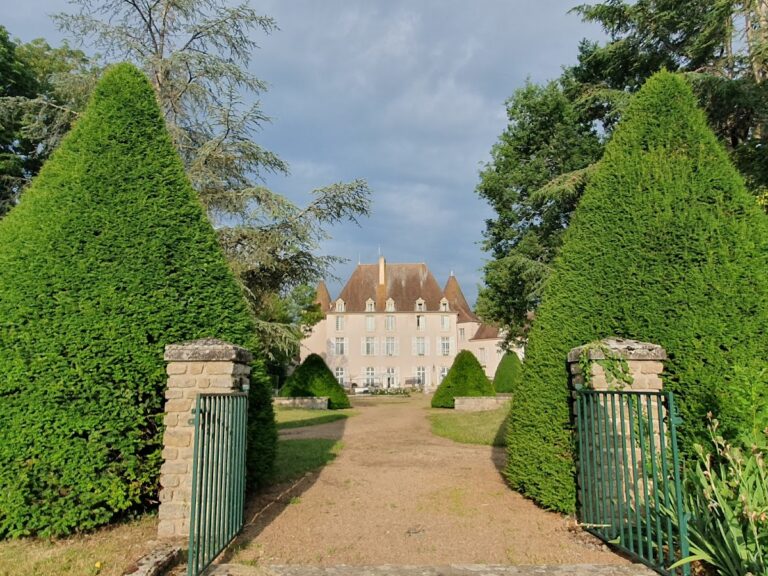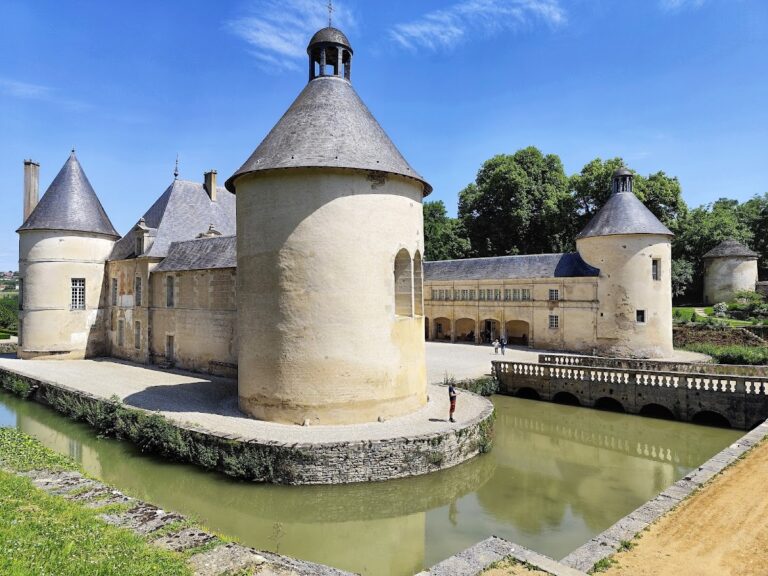Château de Bourbilly: A Historic French Estate in Vic-de-Chassenay
Visitor Information
Google Rating: 4.5
Popularity: Very Low
Google Maps: View on Google Maps
Official Website: www.bourbilly.fr
Country: France
Civilization: Unclassified
Remains: Military
History
The Château de Bourbilly is located in Vic-de-Chassenay, France. Its origins trace back to the 14th century, built within a landscape once integral to early medieval rule under the Merovingians and Carolingians. The estate originally belonged to the royal fisc, a domain managed directly by the monarchy, and was connected to Époisses, the residence linked with Queen Brunhilda and her grandson King Thierry, anchoring its early significance in Frankish history.
In the early 11th century, specifically in 1032, the fief of Bourbilly was granted to Robert of France, the first Capetian to hold the title Duke of Burgundy. Over subsequent centuries, the estate changed hands repeatedly through inheritance and exchanges among powerful noble families such as Montbard, Traînel, Thil, Beaujeu, La Trémoille, Montaigu, and Rabutin. During the late 14th century, Marguerite de Beaujeu transformed the fortress from a defensive stronghold into a more comfortable pleasure residence, notably adding a chapel dedicated to Saint Margaret, which was finished in 1379.
Ownership passed to Pierre de La Trémoille in the early 15th century, continuing a pattern of noble stewardship. The Rabutin family held Bourbilly from 1467 until 1719, during which time the château hosted Madame de Sévigné, a notable literary figure and granddaughter of Jeanne de Chantal, who herself was born there. Madame de Sévigné visited the château on several occasions and later bequeathed it to her daughter, Françoise de Grignan. After the Rabutin tenure ended in 1719, the estate underwent various changes in care and ownership.
In the 19th century, the château faced periods of neglect and alteration, including partial demolition ordered by Frédéric-Augustin Pomme. Between 1867 and 1871, Charles de Franqueville commissioned a major restoration project to revive the château’s grandeur. The adjacent chapel, which had suffered fire damage, was carefully restored in 1952 with the involvement of family members and artists, including a sculptor, a medieval art specialist who recreated frescoes, and a master glassmaker responsible for new stained glass windows. The château received recognition as a historic monument initially in 1862 and was definitively registered in 1992, highlighting its cultural importance. More recently, it served as a filming location in 2015 for a television program focused on Madame de Sévigné.
Remains
The Château de Bourbilly is composed of three wings positioned at right angles, forming a distinctive layout with each corner anchored by round towers. This configuration lends the château a stately presence, enhanced by tall roofs adorned with elegant cylindrical chimneys. Much of the building’s visible form reflects restoration efforts completed during the Second Empire period in the 19th century, which revived and adapted earlier medieval structures.
Inside, the château preserves several noteworthy features linked to its historical function and aesthetic. The guardroom contains a Louis XIII-era billiard table, reflecting leisure pursuits of the 17th century, alongside a richly woven Flemish tapestry from the same century. The library is equipped with neo-Gothic wood paneling, a decorative style that references medieval design through intricate carving and pointed arches, underscoring the 19th-century taste for revivalism. Within this room hangs a portrait of Saint Jeanne de Chantal, painted by the well-known 17th-century artist Philippe de Champaigne, reinforcing the château’s religious and familial connections.
The estate is surrounded by an extensive park, redesigned in 1869 under the guidance of Alphand, a prominent landscape architect, and supervised by Ernest de Franqueville. This renovation involved careful planning of land contours, hydraulic engineering to manage water features, and new plantings that transformed the grounds into a refined garden recognized with the Jardin de France label, an attestation of its horticultural significance.
The chapel, originally constructed in the late 14th century and dedicated to Saint Margaret, represents a key element of the château’s medieval heritage. Although damaged by fire in later centuries, it was meticulously restored in the mid-20th century. This restoration involved contributions from specialized artists who recreated frescoes faithful to medieval styles and a master glassmaker who produced new stained glass windows. These efforts preserved the chapel’s spiritual and artistic identity within the larger château ensemble.
